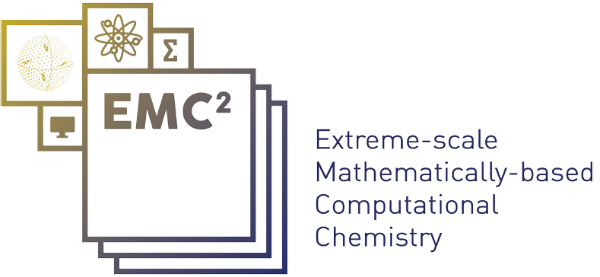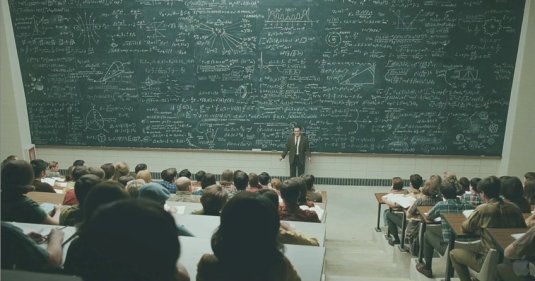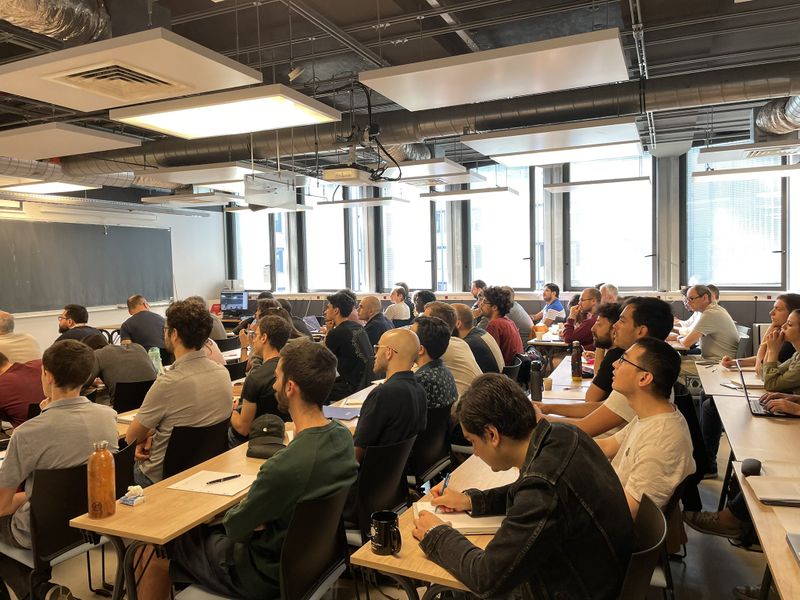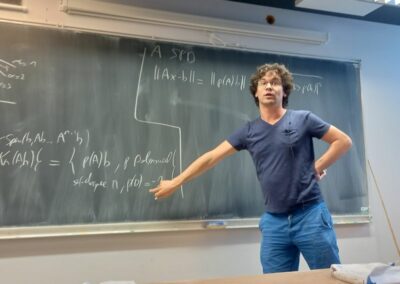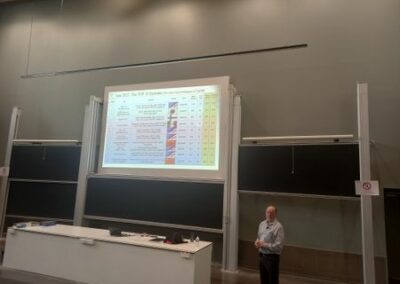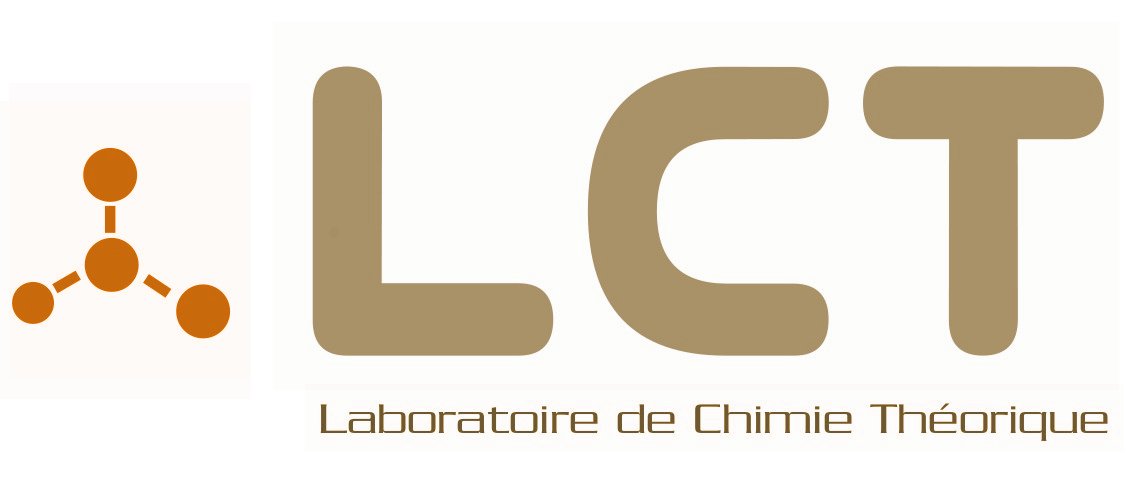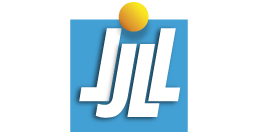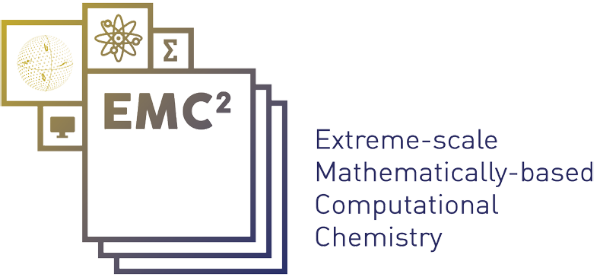(organized by GDR NBODY with support from CNRS INC, LCT, LJLL, and ERC EMC2)
- Date: 5-7 June 2023
- Location: Sorbonne Université, Pierre et Marie Curie (or Jussieu) campus, 4 place Jussieu, 75005, Paris. Laboratoire Jacques-Louis Lions, tower/corridor 15-16, 3rd floor, room 309.
- Lecturers: Antoine Levitt and Mi-Song Dupuy
- Organizers: Eric Cancès, Emmanuel Fromager, Emmanuel Giner, Pierre-François Loos, Julien Toulouse. email contact
Presentation
- The lectures delivered are intended to be of interest to any person working in the field of theoretical chemistry and physics and willing to discover or deepen some mathematical aspects of the field. Master and PhD students, post-docs and any academic are welcome!
- To provide a detailed presentation of subjects, we have chosen to give a good amount of time to each lecturer. The mini-school will thus involve only two lecturers over a three-day period
Programme
Two courses were proposed:
- 1) Advanced and numerical linear algebra (8.5 hours) by Antoine Levitt, Laboratoire de Mathématiques d’Orsay, Université Paris-Saclay, Orsay.
Indicative program (subject to changes): – Reminders in linear algebra – Galerkin, projections, variational principles, resolutions of the identity, dual bases – What not to do when solving linear and eigenvalue problems – Convergence theory of Krylov methods – Diagnosing convergence issues, with examples – Error estimation and perturbation theory
[VIDEO]
References:
– Lloyd N. Trefethen, David Bau III, Numerical Linear Algebra, SIAM (First edition in 1997, Twenty-fifth anniversary edition in 2022). link
– Yousef Saad, Iterative methods for sparse linear systems (2nd edition), SAIM, 2003. link
– Yousef Saad, Numerical Methods for Large Eigenvalue Problems (2nd edition), SIAM, 2011. link
- 2) Old and new tensor methods for quantum chemistry (8.5 hours) by Mi-Song Dupuy, Laboratoire Jacques-Louis Lions, Sorbonne Université, Paris.
Indicative program (subject to changes):
– Tensors: occurrence in quantum chemistry, reshape of a tensor and singular value decomposition
– Classical tensor formats:
– Canonical tensors
– Tucker format
– DMRG: tensor trains/matrix product states
– Why DMRG works?
– Hastings area law for one-dimensional systems
– The reordering problem in quantum chemistry and the quantum mutual information
This year, there will be also a special colloquium:
An Overview of High Performance Computing and Future Requirements (1 hour) by Jack Dongarra, The University of Tennessee, Oak Ridge National Laboratory, and University of Manchester, USA and UK.
Tuesday 6 June, 14:00-15:00, Amphi 24
In this talk we examine how high performance computing has changed over the last ten years and look toward the future in terms of trends. These changes have had and will continue to impact our numerical scientific software significantly. A new generation of software libraries and algorithms are needed for the effective and reliable use of (wide area) dynamic, distributed, and parallel environments. Some of the software and algorithm challenges have already been encountered, such as management of communication and memory hierarchies through a combination of compile-time and run-time techniques, but the increased scale of computation, depth of memory hierarchies, range of latencies, and increased run-time environment variability will make these problems much harder.
Click here to find the list of registered participants
List of registered participants
- Antoine Levitt, Université Paris-Saclay, Orsay. Lecturer
- Mi-Song Dupuy, Sorbonne Université, Paris. Lecturer
- Eric Cancès, Ecole des Ponts and INRIA, Marne-la-Vallée. Organizer
- Emmanuel Fromager, Université de Strasbourg, Strasbourg. Organizer
- Emmanuel Giner, CNRS and Sorbonne Université, Paris. Organizer, CNRS staff
- Pierre-François Loos, CNRS and Université Paul Sabatier, Toulouse. Organizer, CNRS staff
- Julien Toulouse, Sorbonne Université, Paris. Organizer
- Diata Traore, Sorbonne Université, Paris.
- Timothée Audinet, Sorbonne Université, Paris.
- Long Meng, Ecole des Ponts, Marne-la-Vallée.
- Grégoire David, Université de Rennes, Rennes.
- Yann Damour, Université Paul Sabatier, Toulouse. CNRS staff
- César Feniou, Sorbonne Université, Paris.
- Suraj Kumar, INRIA, Lyon.
- Laurent Vidal, Ecole des Ponts, Marne-la-Vallée.
- Maxime Grasser, Université de Rennes, Rennes. CNRS staff
- Baptiste Claudon, Qubit Pharmaceuticals, Paris.
- Louis Garrigue, CY Cergy Paris Université, Cergy.
- Umberto Morellini, Université Paris Dauphine, Paris.
- Rafal Strekowski, Aix-Marseille Université, Marseille.
- Julien Zylberman, Sorbonne Université, Paris.
- Yipeng Wang, Sorbonne Université, Paris.
- Matías Emanuel di Mauro Esteban, Sorbonne Université, Paris.
- David Amblard, Université Grenoble Alpes and CNRS, Grenoble.
- Eloïse Letournel, Ecole des Ponts, Marne-la-Vallée.
- Thibaud Etienne, Université de Lorraine, Nancy.
- Antoine Marie, Université Paul Sabatier, Toulouse.
- Antony Scemama, CNRS and Université Paul Sabatier, Toulouse. CNRS staff.
- Alfred Kirsch, Ecole des Ponts, Marne-la-Vallée.
- Andrea Bordignon, Ecole des Ponts, Marne-la-Vallée.
- Solal Perrin-Roussel, Ecole des Ponts, Marne-la-Vallée.
- Fábris Kossoski, Université Paul Sabatier, Toulouse.
- Enzo Monino, Université Paul Sabatier, Toulouse.
- Sara Giarrusso, Université Paul Sabatier, Toulouse.
- Étienne Polack, Ecole des Ponts, Marne-la-Vallée.
- Andrea Echeverri Cárdenas, Sorbonne Université, Paris.
- Jack Thomas, Université Paris-Saclay, Orsay.
- Jean-Guillaume de Damas, INRIA, Paris.
- Kossi Kety, Université Gustave Eiffel, Marne-la-Vallée.
- Rosa Maskri, Université Gustave Eiffel, Marne-la-Vallée.
- Stefano Vaghi, Sorbonne Université, Paris.
- Adéchola Kouande, Université Paris Dauphine, Paris.
- Siwar Badreddine, INRIA and Sorbonne Université, Paris.
- Roberto Orlando, Université Paul Sabatier, Toulouse.
- Loïc Joubert-Doriol, Université Gustave Eiffel, Marne-la-Vallée.
- Peter Reinhardt, Sorbonne Université, Paris.
- Ewen Lallinec, Université Paris-Saclay, Orsay.
- Benoît Braïda, Sorbonne Université, Paris.
- Roland Assaraf, CNRS and Sorbonne Université, Paris.
- Maen Salman, Université Paul Sabatier, Toulouse.
- Ryan Benazzouk, Université Paul Sabatier, Toulouse.
- Beata Taudul, Sorbonne Université, Paris.
- Brieuc Le Dé, Sorbonne Université, Paris.
- Oussama Bindech, Université de Strasbourg, Strasbourg.
- Damian Contant, Sorbonne Université, Paris.
- Muhammad Hassan, Sorbonne Université, Paris.
- Cimas Alvaro, Université Paris Saclay and Université d’Évry Val d’Essonne, Evry.
- Qinghai Cui, University Paris-Saclay and Université d’Évry Val d’Essonne, Evry.
- Yijing Yang, University Paris-Saclay and Université d’Évry Val d’Essonne, Evry. CNRS staff.
List of emails of all participants: emails
Click here to find practical details
Registration
The registration is closed.
To facilitate the participation of young researchers, no registration fees will be asked. However, accommodation will not be provided but must be arranged independently by the participants.
Location of the mini-school
The mini-school will take place on the Pierre et Marie Curie (or Jussieu) campus of Sorbonne Université, 4 place Jussieu, 75005 Paris.
Subway (Metro) lines 7 or 10: get off at “Jussieu” station.
From the main entrance of the campus, go to Tower 16. Take the stairs or the elevator to the third level. Find corridor 15-16, and then the room 309. This is the seminar room of Laboratoire Jacques-Louis Lions. All the lectures will take place in this seminar room.
The special colloquium given by Jack Dongarra will take place on Tuesday 6 June, 14:00-15:00, Amphi 24 (near Tower 24).
Lunches
Each day, lunch at Restaurant L’Ardoise (Jussieu campus, entrance near Tower 25) will be offered to a maximum 50 registered participants to the mini-school (see the list of registered participants on the page List of registered participants).
Arriving by Plane
Both Paris-Charles de Gaulle (CDG) and Paris-Orly international airports are connected to the center of Paris by RER (fast regional railway) or coaches. The RER is connected to the subway (Metro) network. It costs about 10 euros to go from either airport to the center of Paris and it takes about one hour.
For more information, check the Paris airports website.
From Paris-Charles de Gaulle (CDG) airport
From the airport take RER line B. Stop at “St-Michel-Notre-Dame” station. Take subway line 10 direction “Austerlitz” and stop at “Jussieu” station.
From Paris-Orly airport
From the airport take the monorail “OrlyVal” to “Antony”. Take RER line B. Stop at “St-Michel-Notre-Dame” station. Take subway line 10 direction “Austerlitz” and stop at “Jussieu” station.
Arriving by Train
All the railway stations are in downtown Paris and are connected to the subway network. For train reservation, check the SNCF web site.
From any train station follow the sign “M” to the subway.
Arriving by Subway or Bus
For more information on the RER, Subway and Bus systems, check the RATP web site, and in particular the Subway and RER map.
